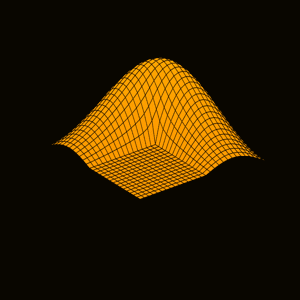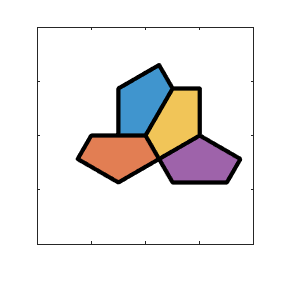
Nick Trethen is a world famous computational scientist and my good friend.... 続きを読む >>

Nick Trethen is a world famous computational scientist and my good friend.... 続きを読む >>

Jack Dongarra is my student, colleague and friend.... 続きを読む >>

Pete Stewart is one of my closest colleagues.... 続きを読む >>

I was invited recently to give a virtual talk to the student chapter of SIAM at JUIT, the Jaycee Institute of Information Technology, in Wagnaghat, India.... 続きを読む >>

In 1988, while I was with Ardent Computer in Silicon Valley, I gave a talk that previewed MATLAB graphics. The title was "Pictures of Matrices". At the time, a mathematician friend of mine asked.... 続きを読む >>

The twenty-second Householder Symposium on Numerical Linear Algebra was held June 8 - June 13 at Cornell. The local organizers were Anil Damle, Alex Townsend and David Bindel. Anil served as host and cheerleader.... 続きを読む >>

The twenty-second Householder Symposium on Numerical Linear Algebra is this week, June 8 - June 13, 2025 at Cornell. My talk on Wednesday had the provocative title "A Million-Dollar Matrix". A PDF of the slides available at link_1. The talk covers posts in the Cleve's Corner blog last fall. link_2, link_3, link_4.... 続きを読む >>

Two years ago, in March of 2023, an unlikely team of mathematical hobbyists announced the discovery of a remarkable 13-sided polygon that they nick-named the "Hat". Today, a Google search for the Hat's more formal name, "Aperiodic Monotile", yields dozens of links.... 続きを読む >>

A look at the structure, and the eigenvalues and singular values of interesting test matrices.... 続きを読む >>

Recently, I have made a series of blog posts about Redheffer matrices and the Mertens conjecture. After each of the posts, readers and colleagues offered suggestions to speed up the calculations. Here is a summary of what I have learned.... 続きを読む >>